-
Category
Craniomaxillofacial Surgery
Orthopedic Surgery
Spine Surgery
Orthopedic Implants
Hip Surgery
Knee Surgery
Pectus Excavatum
Bone Graft
Disinfectants
Healthcare
All about skull reshaping as to why and how it is done
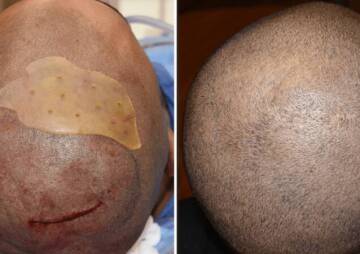
Skull reshaping surgery is done to reshape the skull and give it a more uniform shape, an oblong shape perhaps
Skull reshaping, which is also known as contouring of skull or the augmentation of the back-of-head, is nothing but a surgical procedure. This surgery is done to reshape the skull and give it a more uniform shape, an oblong shape perhaps. People who are not happy with the shape of their skull or are facing some form of skull abnormalities undergo this surgical process. The reshaping of skull is done to solve issues like flattened skull, ridges as well as bumps, and too wide or too narrow skulls. The surgery is not easy and it will require the patient to go through a thorough consultation with the surgeon. The surgeon needs to learn about the needs and expectations of the patient before the process.
Another cause of skull reshaping is the condition called craniosynostosis. Here, the growth pattern of the infant’s skull changes due to one or more joints of the skull, fusing permanently. As a result, the skull grows bigger, in order to make space for the brain to grow as well. However, sometimes the growth fails to create enough space and leads to intracranial pressure. This condition causes sleeping problems and even impairment of mental development in an individual.
In cases, where the skull is too wide, temporal reduction is the strategy for reshaping the skull. The large muscle attached to the side of the head of an individual above the ear is the “temporalis muscle.” This muscle can be shorted and even partly removed, and combined with thinning of bone, to reduce the width of the skull. In the case of a patient who has a history of craniotomy with a defect in the skull, the reconstruction of cranioplasty can be done with the bone of the patient itself or with the use of the new custom skull implant.
Custom skull implants
For large and complex skull defects, there is another option which is custom skull implants. It uses the 3D scan of the patient and a custom fit skull implant is created in order to fill the uneven areas in the skull of the patient. To choose from the variety of materials being used in this process of reshaping of skull, HTR and PEEK materials are widely used. Nowadays custom implant fabrications are being used in the augmentation of skull from forehead to the back of the head. It is possible to insert large to small implants from remote incisions, due to its flexible characteristics.
How is the skull reshaping process done?
This process, like the craniofacial surgery, is also done under general anesthesia. There is a common belief that there is no need for the patients to shave their heads or remove their hair during the procedure. Depending on the particulars of the shape of the head, the length and placement of the incision will vary. In case the intention of the reshaping is to flatten out the bumps or high spots, the bone will be smoothed out using a rotary or a burning tool. A synthetic biomaterial, such as polymethyl methacrylate and hydroxyapatite, is used when the skull needs to be filled or even rounded out. Polymethyl methacrylate is most commonly used in the process of reshaping of the skull because of its cost and material volume. The best thing about these materials are that they are biologically suitable and bond well with the patient’s bones.
After the surgery, the initial healing time is one week or ten days, approximately. The patient may take shower and wash the hair normally after 48 hours’ post-surgery. The scalp is cleaned and bandaged immediately after the procedure. There is no bruising; only the patient might experience some kind of mild discomfort in the first few days. The patient must expect swelling after this procedure but there is nothing to worry about, as it will disappear after a week. The final surgical results will be visible only after 2 to 3 months’ post-surgery.
The process of skull reshaping can be done on children and teenagers as well. The purpose is to change the shape of the skull to give it a more pleasing appearance. The parents approach the surgeon for this kind of surgery when their child is facing problems like flattened occipital bone, which is on the back of the head - dents which are caused due to depressions and hollows. Other problems are the shape of the head being too narrow or too wide and even the high spots, lumps and sharp ridges on children’s skulls.
Is skull reshaping dangerous?
Like every other surgery, those who decide to undergo the surgery wonder if skull reshaping is dangerous.
Some of the common risks are allergic reaction to anesthesia, bleeding in the brain, coma, swelling in the brain area, and infections may occur in the brain or in the wound area, else there is no danger for the patient in general. The patient might even face memory problems and difficulties like impaired speech, vision and even blood clotting.
Another surgery which is done to solve the problems concerning the jaws, mouth, face, and neck is the maxillofacial surgery. A dentist or an orthodontist may refer the patient to undergo the maxillofacial surgery, if the issue with mouth is too difficult to correct with the process of dental surgery. Other cases where the maxillofacial surgery is preferred is when the patient faces problems such as underbites, overbites, asymmetry in jaws, or other deformities. The process of maxillofacial surgery is not an easy task. The surgery involves multiplex reconstructions of the jaws and face concerning important nerves that run throughout the face of the patient.
The number of male patients for skull reshaping is more than females as shaved heads or less hair, exposing the shape of the head is more common among men. Women can hide skull irregularities with the high density of their long hair.
One of the most commonly asked questions is if skull reshaping surgery leads to hair loss?
There is a potential of minor hair loss along the site of the incisions but no other form of skull reshaping surgery causes hair loss for the patient. The skull has a continuous blood supply and blood vessels are connecting all over the scalp. The other point is that the human skull consists of five thick layers of tissues, and the follicles of hair are in the top layers. They are very far from any work done below, at the bone level.
In answer to all the related questions about the dangers and risks of skull reshaping surgery, we are happy to let you know that there is no risk of death. This surgery is very safe and the patient should not worry about the dangers of his procedures.
This was a detailed and thorough study of skull reshaping surgery. Further details can be seen at Health News Center.
Reference: eppleyplasticsurgery


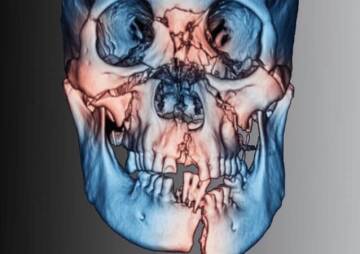

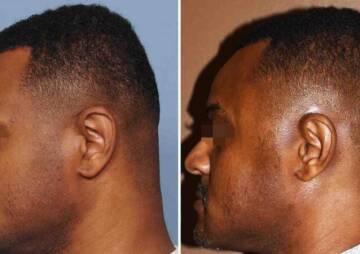
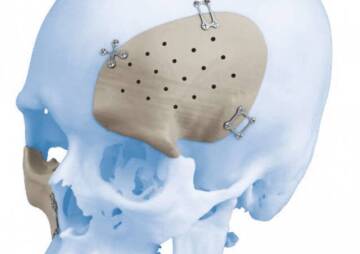
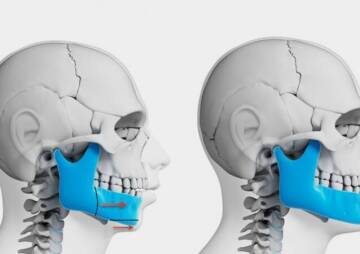
Could I send some pictures of my situation with my head.
I want to enlarge my head on the sides and back. What will it cost
Where is the place or country will my big head get into normal size and cost of the surgery's
Friend needs a dent in head repaired
Can a neanderthal skull be reshaped
My head is sharp at the back can it be fixed
This is very helpful but can you do a little bit more explanation on the risks
Dear Victor
Thank you for your attention. You can read about cranioplasty risks here: https://healthnewscenter.com/en/post/76-cranioplasty-risks